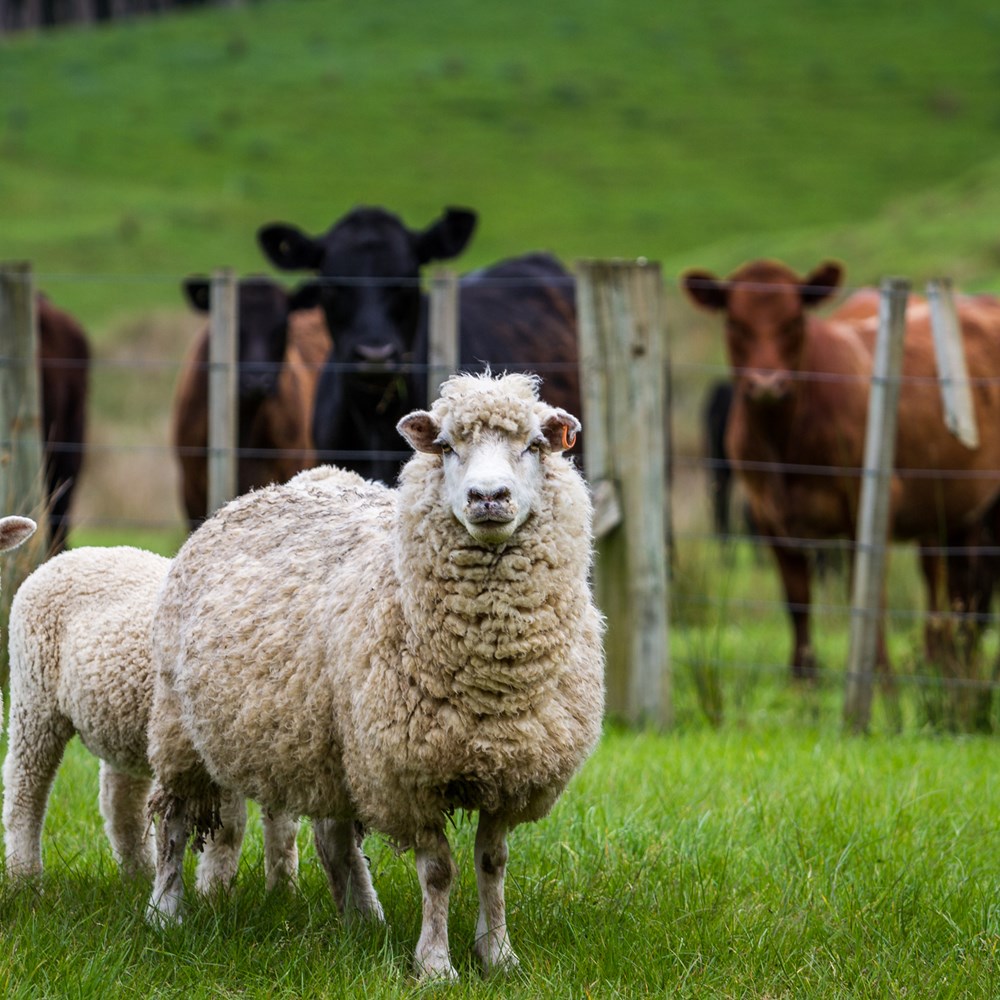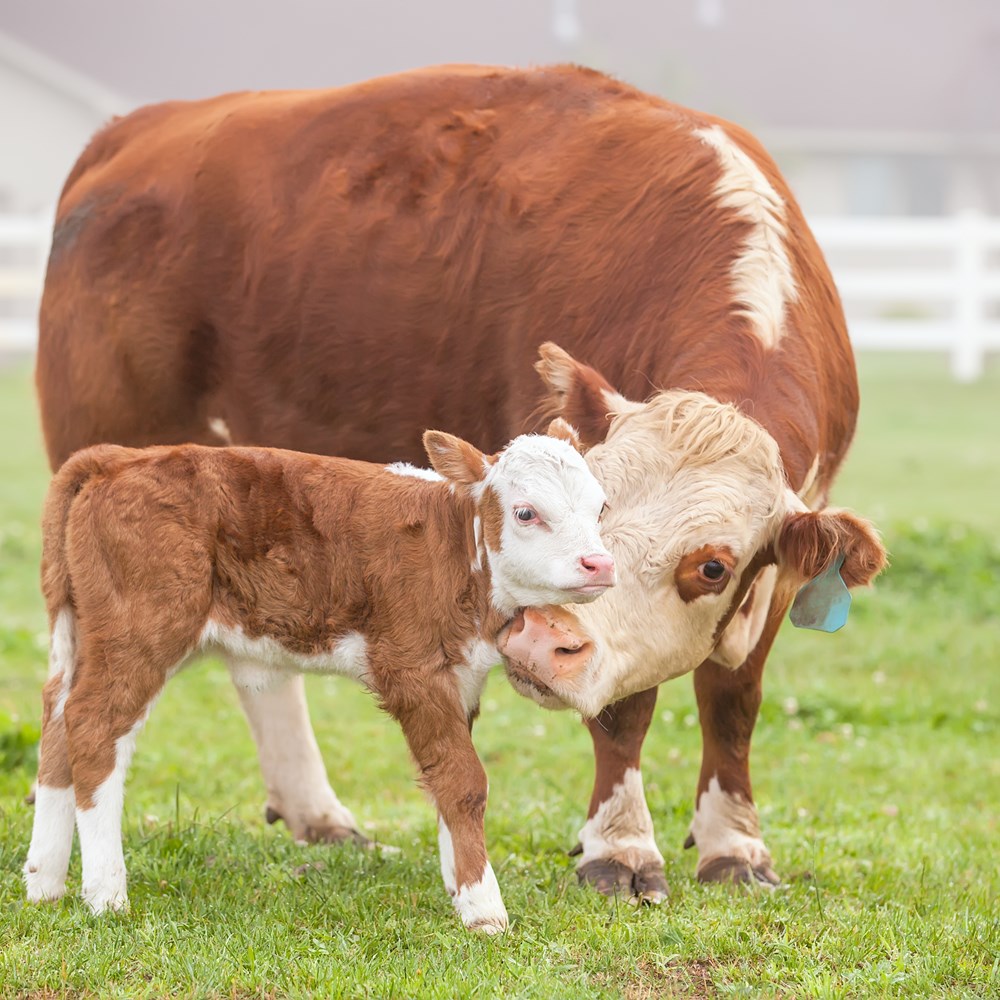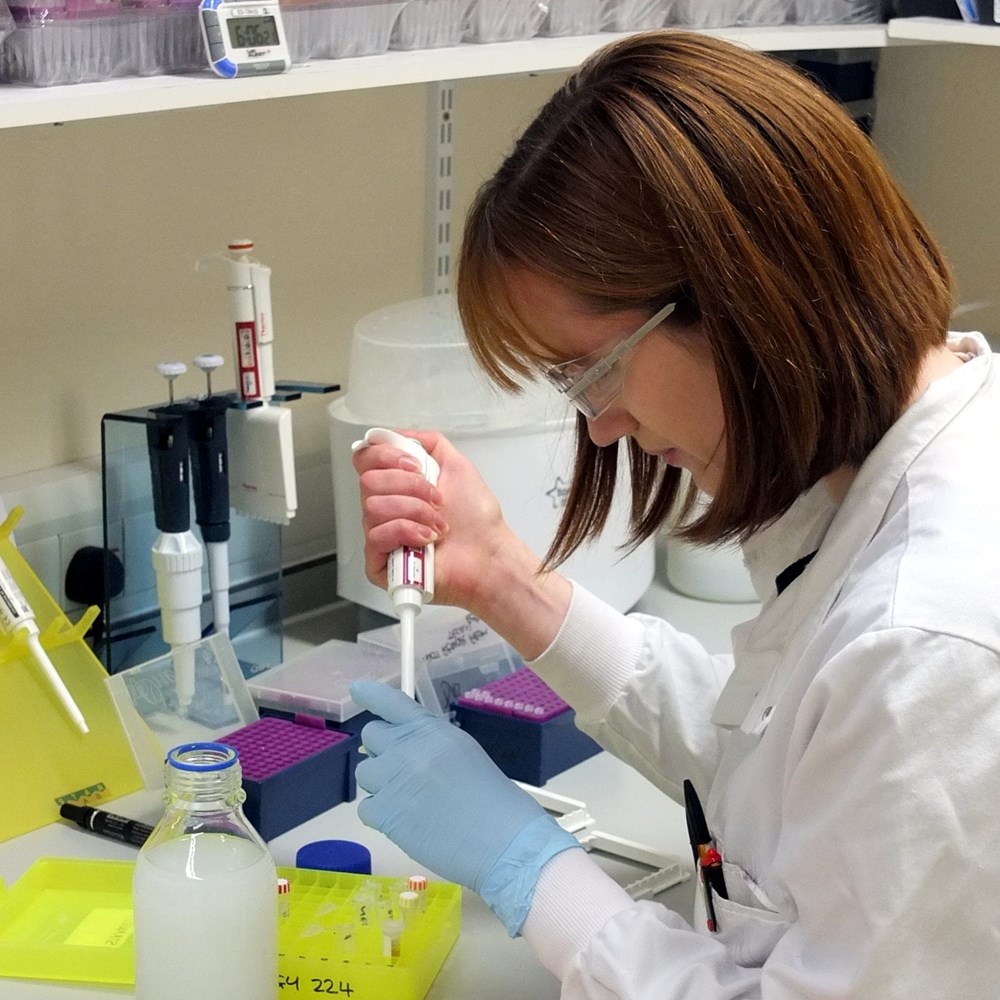UKAS Accreditation Status: Not accredited
Turnaround Time: 4 working days
SRUC VS Product Code(s): 1050760
*This test is subcontracted
Interpretation of Worm Egg Counts / Coccidial Oocyst Counts in Camelids
A more sensitive method for the screening of camelid faeces is used that is sensitive down to 10 epg. Experienced camelid clinicians have reported severe disease particularly in young crias at low worm egg counts and variability in shedding of eggs of pathogenic species such as Trichuris sp.
Trichostrongyle-type eggs may include Ostertagia, Teladorsagia, Haemonchus, Trichostrongylus, Camelostrongylus, Cooperia and Bunostomum spp, all of which have been recorded in camelids in the UK. Speciation of the eggs requires an extra test to culture the eggs to the L3 stage.
It is important that any decision to use anthelmintics is based on clinical history and known grazing management of a given individual. Furthermore, worm egg counts can be influenced by a number of factors including the age and nutrition of the animal, faecal consistency, timing of sampling and species of parasites present.
Other factors to consider with use of anthelmintics include ensuring camelids are included in any parasite control for mixed species grazing and adherence as far as possible to the principles outlined in SCOPS to minimise onset of anthelmintic resistance. It needs to be recognised that anthelmintic use in camelids is presently 'off license' and their appropriate use should be thoroughly researched, e.g. the reported poor absorption of macrocyclic lactones compared to ruminants (see references).
A more sensitive method for detection of coccidial oocysts is used which includes differentiation between the more pathogenic species, Eimeria macusaniensis and other Eimeria species. Diagnosis of clinical coccidiosis is complicated by the potential for prepatent infections with E. macusaniensis but also by the fact that many asymptomatic alpacas shed coccidia. Therefore, any coccidial oocysts detected in faeces need to be considered in light of clinical signs.
References:
Burkholder, T.H. and others (2004). Plasma evaluation for ivermectin in llamas (Lama glama) after standard subcutaneous dosing. Journal of Zoo and Wildlife Medicine 35, 395-396
Hunter, R.P. and others (2004). Moxidectin plasma concentrations following topical administration to llamas (Lama glama) and alpacas (Lama pacos). Small Ruminant Research 52, 275-279
VISION 232

UKAS Accreditation Status: Not accredited
Turnaround Time: 4 working days
SRUC VS Product Code(s): 1050760





Our leading experts provide support to clients in areas animal disease, diagnosis and surveillance.

Contact our team and benefit from their experience and expertise.

Our consultants in 25 offices across Scotland and northern England turn research into advice and advantage for business and public sector alike.